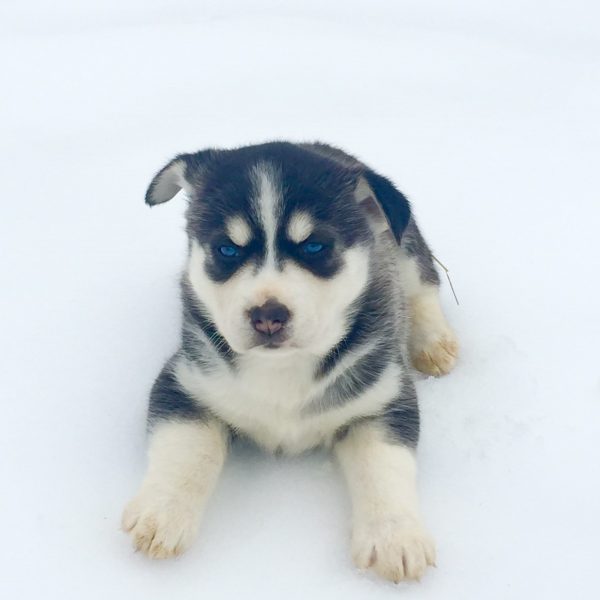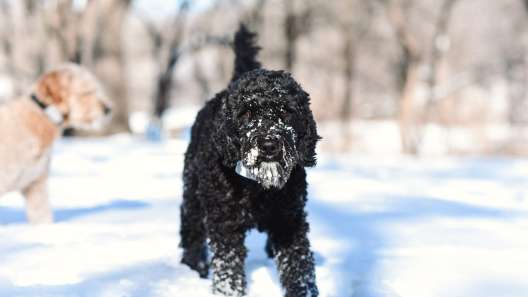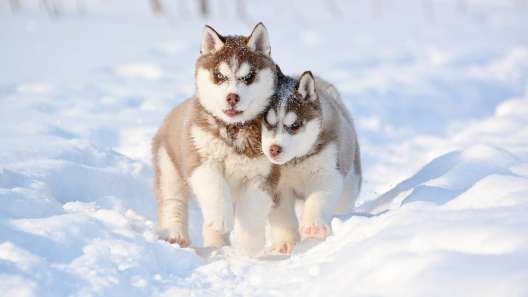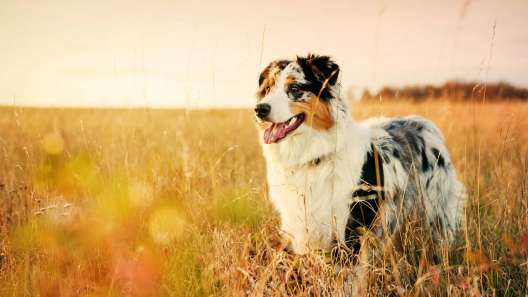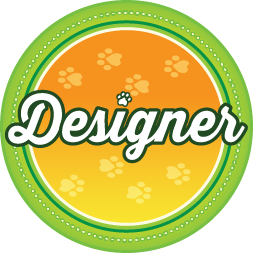
-
Activity Level:
high
-
Shedding Level:
moderate
-
Grooming Level:
high
-
Trainability:
moderate
-
Good for Novice Owners:
moderate
-
Adaptability:
moderate
-
Kid/Pet Friendly:
often
-
Prey Drive:
high
-
Watchdog:
very alert
- Average Size: Medium
- Average Lifespan: 10-15 years
- Registered?: other
Siberian Retriever/Huskador Dog Breed Information
Overview
Temperament
Adaptability
Health
Owner Experience
Grooming
Activity Level
Size
Life Span
Did You Know?
The Huskador is a mixed dog breed. It is a cross between a Siberian Husky and a Labrador Retriever. It also goes by a few names including Huskador, Siberian Retriever, Labsky, and Husky Lab. It can take on the traits of the Labrador Retriever, the Siberian Husky, or a combination of both.
Generally, you can expect a Huskador to be an energetic, smart dog that loves its family and needs plenty of activity. Although the Siberian Retriever/Huskador is not recognized by the AKC, it is recognized by the Dog Registry of America, Inc. (DRA).
Because this is a mixed dog breed, it can take on any combination of the parent breed traits. In the case of the Siberian Retriever, you’re likely to end up with a dog that is affectionate and hardworking with a friendly and affable disposition. They’re likely to be loyal to their families and can have a protective streak.
They tend to get along well with children and other dogs. They may be okay with other pets in the home if they grow up around them, but they do tend to have a high prey drive with an urge to chase and wander. Depending on which parent they take after more, there will be a tendency to bark and to dig, but these can be curbed and redirected early on with plenty of socialization and consistent training.
Huskadors are a moderately adaptable dog breed. They tend to be better suited to larger homes with a securely fenced-in yard where they can run. Due to their high energy, they don’t tend to be the best fit for apartment living. Huskadors tend to do well in just about any climate. If their coat is more similar to a Siberian Husky’s, they will enjoy more moderate and cooler climates. As with any dog breed, they can be sensitive to heat. They also require a lot of exercise and mental stimulation to be happy and healthy, so they don’t like to be left alone for long periods of time.
As with any dog breed, there are potential health conditions to be aware of. A mixed breed will inherit the risks from either or both of the parent breeds. They may also “win the genetic lottery” and inherit none of the risks. For a Huskador, some potential health conditions include allergies, hip and elbow dysplasia, thyroid issues, glaucoma, bloat, and epilepsy. Asking the breeder about the genetic history of the parents and to see any health clearances can help allay potential health concerns.
A Huskador is highly trainable, but they likely aren’t a great fit for first-time dog owners because puppies can be any combination of their parent’s traits. If a Huskador takes after their Labrador Retriever parent, they will be easy to train, eager to learn, and would be a great fit for first-time dog owners. However, if a Huskador takes after their Siberian Husky parent, they’ll be highly intelligent, like the Lab, but they’ll also be stubborn and more difficult to train. They can be a good choice for first-time dog owners, but training classes are highly recommended.
Regardless of which parent your Huskador’s coat takes after, you’re going to deal with shedding. Both parent breeds shed regularly throughout the year and experience a more intense shedding session twice a year as the seasons change. It’s a good idea to brush your dog’s coat a few times a week to remove loose fur and brush every day during the seasonal shedding sessions. Not only will this help your Huskador feel more comfortable, but you’ll also keep a lot of the loose fur on the brush instead of all around your house. In general, you will only need to bathe your dog occasionally, as they need it.
In addition to coat care, there are other grooming tasks to consider including nail care, ear care, and tooth care. Trimming your dog’s nails on a monthly basis keeps them from getting too long. Nails that are too long can make movement painful for your dog and they can get snagged in things, which is also painful. Ears, especially floppy ears, tend to trap dirt, moisture, and debris, which can lead to ear infections. By regularly checking your dog’s ears and carefully cleaning them as needed can help prevent ear infections.
Dental care for dogs is so important, but it is also often overlooked, which is why dental disease is one of the most common health issues in dogs. Brushing your dog’s teeth or using an enzyme toothpaste every day prevents the tartar buildup that leads to dental diseases like gum disease and tooth decay. You can also supplement your dental care efforts with dental hygiene chews and a dental care diet.
It’s a good idea to get your Siberian Retriever used to having their mouth, paws, and ears handled as a puppy and reward them for grooming sessions. By getting them used to it early and keeping grooming a positive experience, you can help to make grooming a much easier process throughout your dog’s life. Plus, it can become a positive bonding experience that your dog looks forward to!
The Huskador is a high-energy dog breed. Both of the parent breeds are high-energy working breeds, which means they need plenty of exercise, mental stimulation, and attention in order to stay happy and healthy – your Huskador will be the same. They love having a job to do and are easily bored. In general, they love to swim, enjoy running and hiking, are fans of fetch, and are great candidates for dog sports like agility, tracking, dock diving, rally, and more.
Siberian Retrievers usually stand 20-25 inches tall at the shoulder and weigh between 40-60 pounds.
A Huskador generally lives 10-15 years.
The Huskador is sometimes confused with the Labrador Husky, but they are not the same dog breed. The Labrador Husky is a purebred dog breed that is wolf-like in appearance and is a native dog breed of Labrador.

